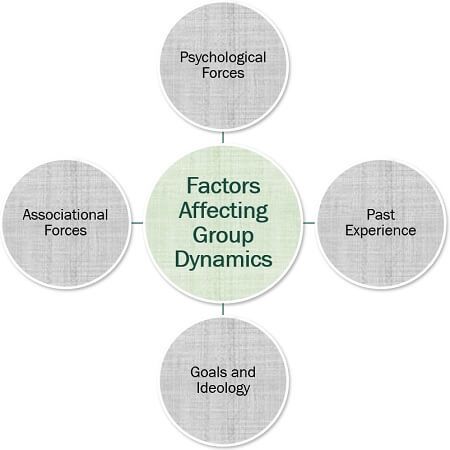

However, the current dynamic pricing model has a few limitations. That’s what dynamic pricing helps to achieve. To learn what price that is, they need to understand nuances of passenger behavior and the market demand. So, to drive the most revenue, airlines need to sell the greatest number of seats for the highest possible price. product capacity is limited and can’t be augmented to accommodate larger demand.īoth of these characteristics apply to flight fares, where high fixed costs (fuel, airport slots, ground handling) and low variable costs (the cost of carrying one more passenger) make the value of one flight seat extremely high.



Let’s talk about the current methods of dynamic pricing and how the techniques are maturing to match the current airline distribution market. ( Revenue management strategies in hotels are also common.) One of the critical components of revenue management is dynamic pricing. Today, revenue management specialists and systems work at most airlines to sell the right product to the right customer at the right moment at the right price on the right distribution channel. The economic impact of yield management strategies utilized by American Airlines is apparent. But he also pioneered yield management - the set of price optimization strategies that preceded revenue management.īy offering cheaper rates to passengers who book earlier, providing seat reservation at a higher price, and incorporating the now controversial practice of overbooking, Crandall’s AA claimed to generate an extra $500 million a year. Crandall is famous for many airline innovations in use today, such as devising the first frequent flier program and contributing to route optimization and central reservation system adoption. In the 1980s, American Airlines and its then president Robert Crandall started a revolution in airline pricing. How close is the future? Reading time: 8 minutes.Understanding continuous pricing and Offer Management System.Little consideration for ancillary pricing.What are dynamic and static pricing: evolution of flight pricing strategies.


 0 kommentar(er)
0 kommentar(er)
